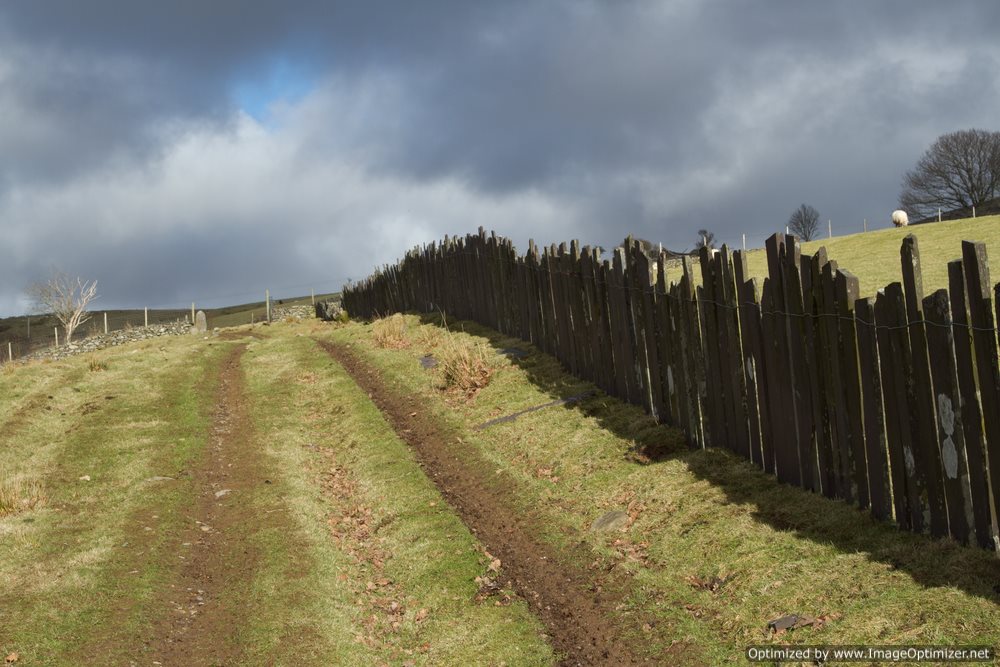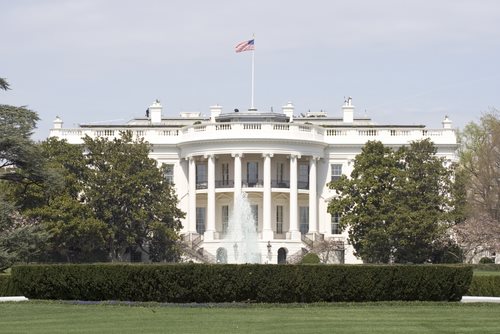Brief Guide to the Bureau of Land Management

What is the Bureau of Land Management?
The Bureau of Land Management is a government agency, positioned within the United States Department of the Interior. The Bureau of Land Management is responsible for administering America’s public lands—approximately 253 million acres or one-eighth of the landmass of the United States.
Additionally, the Bureau of Land Management manages over 700 million acres of subsurface mineral estate underlying federal, state and private land. (The majority of public lands are located in the western portion of the country, including Alaska.) The stated mission of the Bureau of Land Management is to sustain the diversity, health and productivity of the public lands for the utility and enjoyment of present and future generations.
Brief Facts Concerning the Bureau of Land Management:
• The Bureau of Land Management was established in 1946; the preceding agency of the Bureau was known as the United States Grazing Service and the General Land Office.
• The Bureau of Land Management maintains jurisdiction within the Federal Government of the United States
• The Bureau of Land Management operates out of its Washington D.C. headquarters—located at 1849 C Street in North West D.C.
• The Bureau of Land Management operates with approximately 10,000 permanent employees and with an annual operating budget of $960,000,000.
• The Bureau of Land Management is head by a series of executives: Robert Abbey is the Director of the Bureau of Land Management; Marcilynn Burke is the Deputy Director of Policy; and Mike Pool is the Deputy Director of operations.
What does the Bureau of Land Management do?
The Bureau of Land Management regulates activities in fishing, camping, hunting, biking, boating, hang gliding, shooting, mountain biking, bird watching, off-highway driving and the operating hours of various natural and cultural heritage lands. The Bureau of Land Management regulates these activities on the grounds it oversees.
More specifically, the Bureau of Land management must collect geographic information, maintain records of land ownership and mineral rights, conserve wildlife areas and protect cultural heritage sites found on public lands. Furthermore, the Bureau of Land Management operates the National Landscape Conservation System, which is responsible for protecting a number of national monuments and some National Wild and Scenic Rivers. Due to these responsibilities, the Bureau of Land Management is a largest employer of range conservationists, wild land firefighters, foresters, land specialists, botanists, geologists, biologists, archaeologists, surveyors and outdoor recreation planners.
The Bureau of Land Management administers approximately 205,000 miles of fishable waters, 2.2 million acres of reservoirs and lakes, over 6,500 miles of floatable rivers and over 300 Watchable wildlife sites. In addition to these grounds, the Bureau of Land Management actively manages 4,500 miles of National Scenic, Historic and tourist trails, as well as thousands of miles of versatile or multiple use trails (commonly used by hikers, mountain bikers and motorcyclists).
The Bureau of Land Management, because of the lands it covers, is a vital revenue-producer for the United States. In 2010, public lands administered by the Bureau of Land Management generated over $6.5 billion in revenues, primarily through energy development. Nearly 50% of these funds are provided directly to states and localities to support the construction of schools, roads and other public goods.














